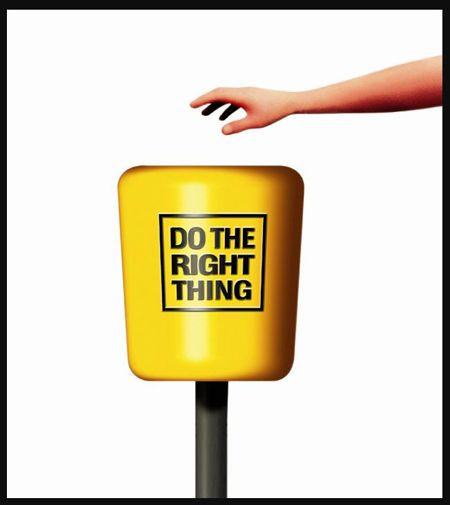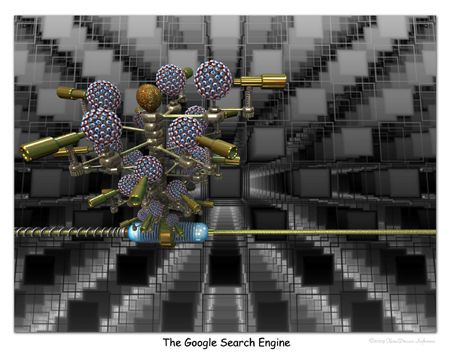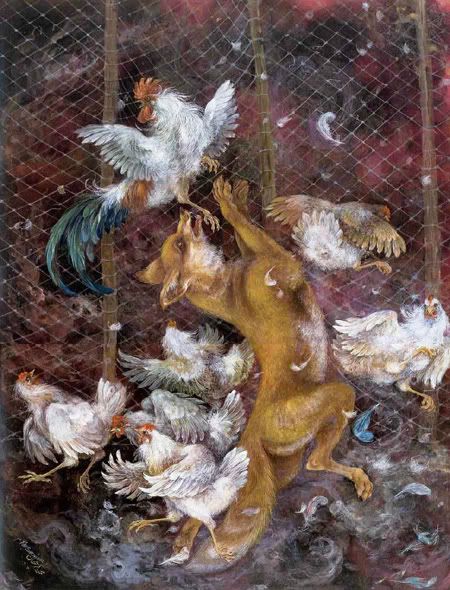Nothing New in the Benoit Mandelbrot Fractal Art Contest

I don't want to hear about why art competitions should be run professionally using fair play to promote excellence and diversity rather than favoring a select group. I'd much rather be openly exploited and cynically scammed.
You say you got a real solution
Well, you know
We'd all love to see the plan....
--The Beatles, "Revolution"
Guess what's new on the 2009 Benoit Mandelbrot Fractal Art Contest front?
Nothing.
Is that what you expected? It's what I expected.
If you thought Garth Thornton's resignation from the 2009 BMFAC selection panel, or, better yet, his ethical example and thoughtful public account of what prompted his action would make any difference, well, then you just haven't been paying attention for years.
If you haven't done so yet, I urge you to read Thornton's public post announcing his resignation. You can clearly see who he is and what he believes. His post also provides a contrasting window into some of the BMFAC judges revealing who they are not and what they do not believe.
If the director and his friends who serve as BMFAC judges could be shamed, they would have been from the start. The competition is, as Tim and I have long argued, all about them. It's always been a publicity stunt to garner personal gain and to further their professional careers. From the beginning, it should have been an invitational exhibition for the director and his circle, a showcase for the particular Ultra Fractal school of fractal art they've all been pushing for years, but that would have looked more insular than prestigious. So, a "contest" was concocted -- a contest that would allow them to place their work inside what would appear to outsiders to be a juried, international art competition. The catch, of course, is that they were the jury who ended up selecting themselves for nearly half of the previous two exhibitions.
And how could they insure that this international show "that represents our art form to a world that largely does not know it" would really be about the kind of art they actively promote? And, furthermore, how could they also advance the profile and sales of Ultra Fractal, the fractal software many of them either author, sell, teach, code, or otherwise push? One shrewd way would be to set the submission requirements for entries at a large scale that only Ultra Fractal could easily reach. After all, an art contest can only draw from the entries it receives, just as it can be consciously designed to choose judges and make rules to ensure that it gets only the kind of entries it wants.
But, of course, this is a new year, and the contest has made at least one ethics-friendly change. Probably. The rules make clear that the judges' work will not be included in the 2009 contest, although some readers have pointed out the rules explicitly say nothing about the judges' art ending up in the exhibition. Semantics -- or loophole? Time will tell. The "contest" is the web page, listing winners, alternates, and honorable mentions. The exhibition is another matter entirely, as demonstrated by the 2007 BMFAC where no information about the physical show was ever included on the "contest" web page.
And if the previous contests weren't slanted enough towards openly fostering UF, what with primarily UF judges picking primarily UF winners, this year's contest actually includes Ultra Fractal's author as a judge. Given BMFAC's history of overt UF bias, this is such an arrogant, in-your-face move that it surely cannot escape notice as a gross conflict of interest, especially after another author-judge of commercial software did the right thing and resigned.
But mum's the word, and the director isn't commenting -- on anything. Not on the many conflicts of interest tied to the judging panel. Not on the rules ambiguity that could once again slip the judges into the exhibition. Not on why smaller entry sizes would somehow mar the exhibition. Not even on a prominent judge's resignation and possible replacement. Apparently, the less all of us know, the better.
Not that anyone much cares, though. Obviously, the sponsors don't care that the contest isn't managed with the customary professional protocols, especially if they are as hands-on as past sponsors who insisted work by judges be included to insure against the exhibition's "insufficient quality." Obviously, some of the judges don't care that the whole thing is UF-friendly and that they face visible conflicts of interest leading to their own financial and/or personal gain. If the sponsors cared about how the contest was run, they'd intervene. But they haven't. If the judges in question worried about having conflicts of interest, they'd resign -- especially after reading Garth's recent post and witnessing his moral example. But they haven't.
And what about you? I have to assume you've noticed how BMFAC is run and realize its operation is suspicious. So, I have to assume that many of you probably don't care either. A crooked contest is better than none, you will tell me, and BMFAC is the only game in town. I'll put up with shady doings, you'll say, because participating is the only chance to promote myself in the hope of getting to join the privileged, piffling group literally running the whole show. You OT guys can keep your idealistic revolution for inclusion of all fractal artists and schools, you'll say, because I want BMFAC judge status and privilege for myself, so then I, too, can lord it over others-- just like they do. After all, you'll tell me, their immoral example is the surest path to success in fractal art marketing: tie everything to your own self-promotion -- even to the point of creating callous publicity stunts and calling yourself a "prestigious fractal artist".
When all is said and done, I predict the 2009 Benoit Mandelbrot Fractal Art Contest will be considered a success. It will have more participants than ever, perhaps even handing out up to 100 meaningless Honorable Mentions this year. Blogs will cite it as a representative sampling of the most important fractal artists in the world, instead of mostly and merely a narrow UF school that features masking and layering. The competition's judges will profit both personally and financially, as a certain software sells and online classes on how to use that software fill up. The director will be hailed as a noble philanthropist, instead of a career-boosting manipulator.
And, maybe -- maybe after a cycle about as long as the Fractal Universe Calendar's existence -- maybe as the same people and styles of fractal art benefit from a deliberately devised system of inbred favoritism year after year after year -- maybe after a fourth or fifth go-around of winding up as the 99th HM -- maybe then whispers of a revolution will start to be heard in every Fractalbook forum and journal and chat room.
And, maybe then, you will remember. You once saw the plan.
~/~
Tags: fractal, fractals, fractal art, fractal blog, fractal contest, art contest ethics, benoit mandelbrot fractal art contest, nothing new in the benoit mandelbrot fractal art contest, we all want to see the plan after a transparent publicity stunt, cruelanimal, orbit trap













